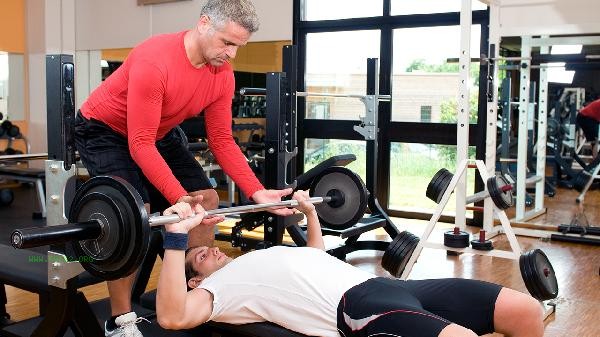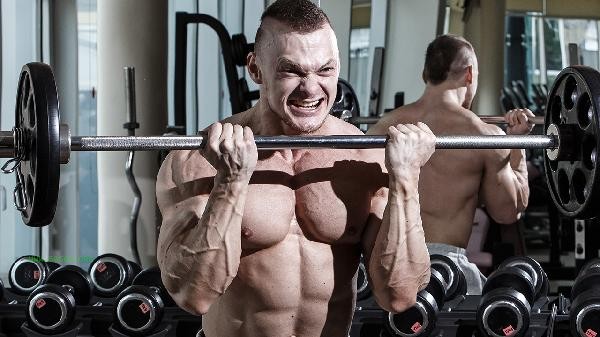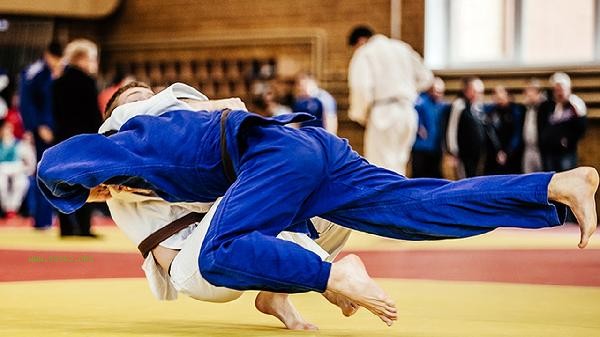When choosing noodles or rice for fitness, it should be determined based on the training objectives and physical needs. Rice is more suitable for the muscle building period, and noodles are more recommended for the fat loss period. There are differences between the two in terms of glycemic index, protein content, dietary fiber ratio, trace element composition, and duration of satiety.

1. glycemic index
The glycemic index of rice is generally higher than that of noodles, especially the rapid glycemic characteristic of white rice, which is suitable for supplementing muscle glycogen after training. Varieties made from whole wheat or buckwheat in noodles have a slower sugar increase, which can maintain stable blood sugar levels, avoid severe insulin fluctuations, and are more suitable for controlling body fat.
2. Protein Content
Rice contains about 2.6 grams of protein per 100 grams, while noodles contain about 3-4 grams. Although the difference is small, it is meaningful for vegetarian fitness enthusiasts. The plant protein content of special noodles such as buckwheat flour and chickpea flour can reach 8 grams, and consuming them in combination with legumes can enhance protein complementarity.
III. Dietary Fiber
The dietary fiber of rough rice is three times that of white rice, but most noodle raw materials, such as wheat flour, lose fiber through precision processing. Choose whole grain noodles or noodles with added konjac flour, with a fiber content of over 5 grams per 100 grams, to promote intestinal peristalsis and prolong digestion time.

4. Trace Elements
Rice is rich in B vitamins and selenium, which help with nerve recovery after exercise. Pasta fortified with iron and zinc can prevent female sports anemia, while buckwheat flour containing rutin can enhance capillary elasticity, making it suitable for high-intensity training populations.
Fifth, satiety duration
Cold noodles, udon and other noodles have a high water absorption and expansion rate, and their gastric emptying speed is 30-50 minutes slower than rice. However, pairing rice with an appropriate amount of oil can delay digestion. It is recommended to consume rice 2 hours before exercising and choose easily digestible dragon beard noodles to supplement carbohydrates within 1 hour after training.

Fitness diet should focus on diversified combinations, alternating between noodles and rice to obtain more comprehensive nutrition. On strength training days, it is recommended to choose rice as the main staple and pair it with chicken breast to supplement protein; On aerobic training days, use mixed grain noodles and green leafy vegetables to control calories. Pay attention to controlling the carbon water content within the range of 50-80 grams per session to avoid affecting athletic performance. Timely replenish electrolytes after exercise, such as drinking diluted salt water or consuming bananas to balance sodium and potassium levels. It is recommended for long-term fitness enthusiasts to regularly check their body fat percentage and muscle mass, and dynamically adjust their carbohydrate intake ratio.






Comments (0)
Leave a Comment
No comments yet
Be the first to share your thoughts!